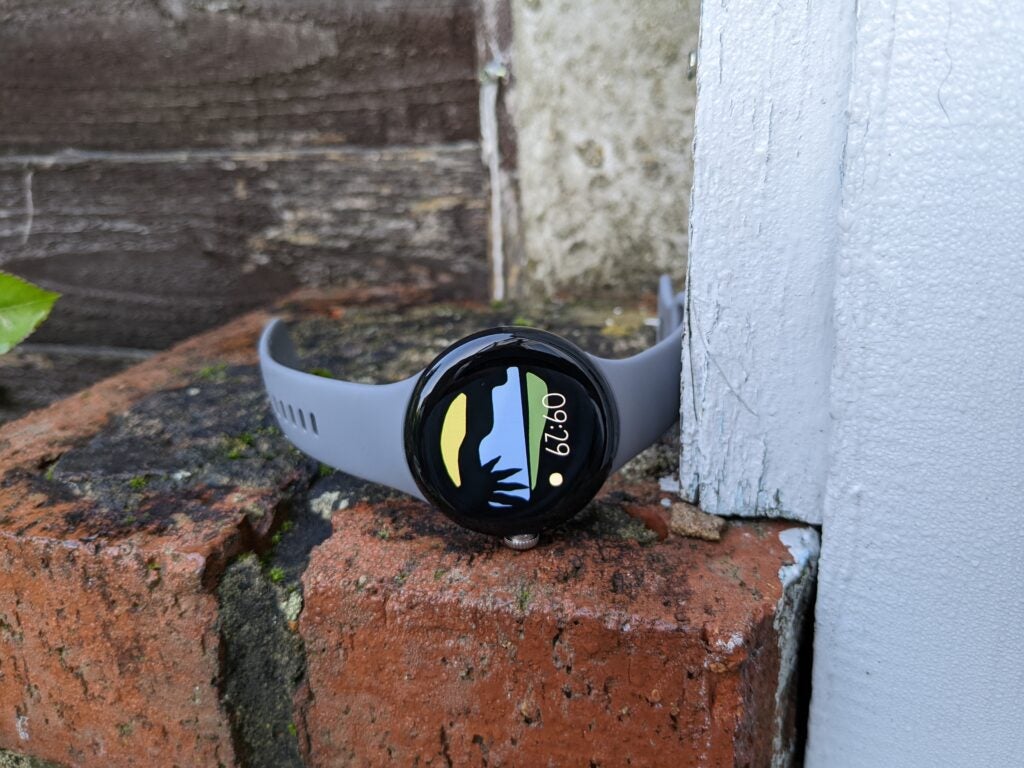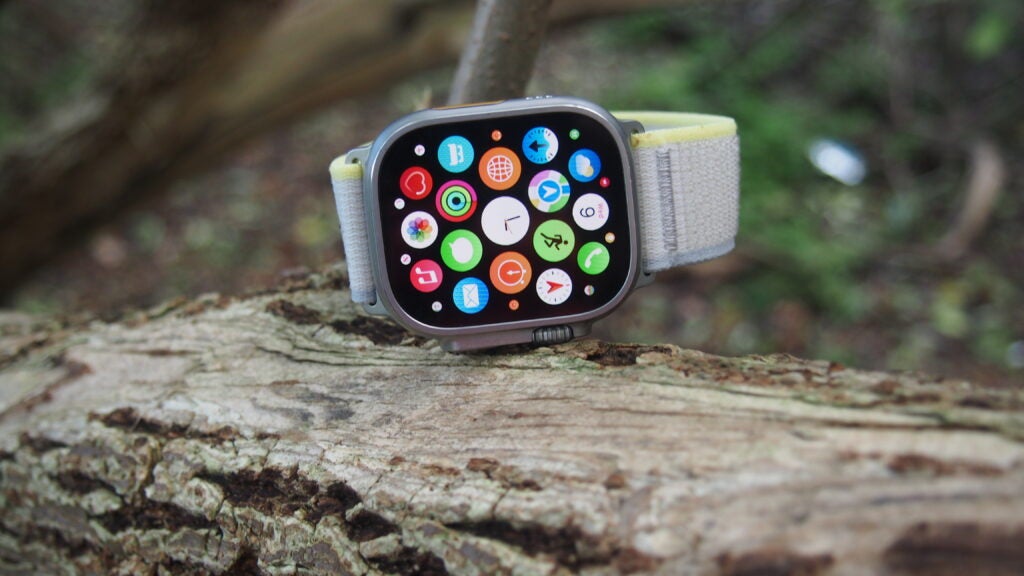Two of the biggest operating systems to look out for when choosing a new smartwatch are Apple watchOS and Google Wear OS.
Scroll down to discover all the major differences between these two wearable platforms when it comes to key areas including compatibility, voice assistants, interfaces and app support.
Compatibility
One of the biggest deciding factors for those choosing between Apple watchOS and Google Wear OS is device compatibility.
Apple watchOS is only available on Apple Watches, including the latest Apple Watch 8 and the Apple Watch Ultra. While you can use an Apple Watch without an iPhone, you do need an iPhone to set the watch up and the two work devices best together thanks to the Apple ecosystem.
For this reason, many existing iOS users will find themselves opting for watchOS, while Android users might be put off the operating system due to compatibility issues.
Google Wear OS, on the other hand, is available across a wide variety of smartwatches from different manufacturers, including Google’s Pixel Watch, Samsung’s Galaxy Watch 6 and Watch 6 Classic and the TicWatch Pro 5.
The Wear OS operating system is compatible with any phone running Android 6 and above or iOS 13 and above, making it much more accessible for Android users as you won’t need an iPhone to set the watch up. This also means both Apple and Android users have much more choice when comparing different smartwatch brands and models.

Voice assistants
Another clear difference between watchOS and Wear OS is voice assistant support. Apple watchOS uses Apple’s Siri voice assistant, while Google’s Wear OS supports the Google Assistant.
Both voice assistants can be used to answer questions, set alarms and timers, open apps, check the weather and translate words and phrases into other languages. Both can also be used to control compatible smart home devices.
Google Assistant is generally considered the better voice assistant of the two, but which one you prefer will ultimately come down to personal preference.
Interface
Both Apple watchOS and Google Wear OS allow users to customise their interfaces with a variety of watch faces and tiles that can be navigated by tapping and swiping.
The two operating systems also make it possible for users to check phone and app notifications at a glance and control media directly on their wrists.
There’s also support for a variety of fitness and health tracking features, though the exact apps and sensors available will depend on the watch model you pick up.
One more unique feature available on watchOS is the Walkie-Talkie function which allows two Apple Watch wearers to touch and hold a talk button to communicate with one another out loud. A similar app is available through the Google Play Store for Galaxy Watch users.

App support
When it comes to app support, Apple is generally considered the stronger of the two with a long list of apps designed to run smoothly on watchOS. However, Wear OS is quickly catching up with its own library of popular and exclusive smartwatch apps.
You can get a look at which apps are available for each platform by visiting the Apple App Store and the Google Play Store.




